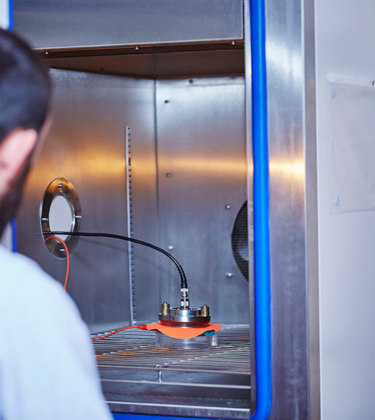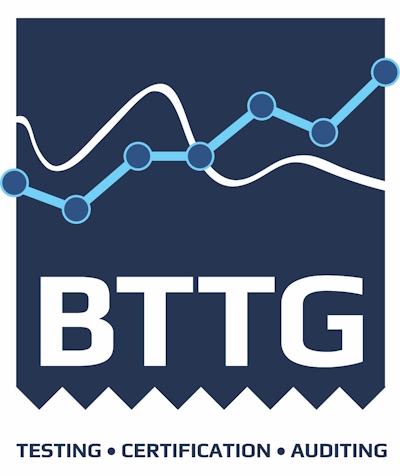Interlaboratory Trials
We actively engage in interlaboratory trials that consistently validate the reliability and accuracy of our test results, ensuring that your products confidently meet international standards.
Tailored Solutions
We understand that each industry has unique protective needs. Our testing services are tailored to various applications, from welding and electrical safety, to cut resistance and heat protection.
50 Years Experience
Specifications We Test To
This is not a comprehensive list, reach out to our team to explore the full range of what we offer.
Industrial Workwear (Heat & Flame Protection)
- BS EN ISO 11611 - Protective clothing for use in welding and allied processes
- BS EN ISO 11612 - Protective clothing to protect against heat and flame
- BS EN ISO 14116 - Protective clothing against flame
Arc & Electrostatics
- BS EN 61482-2 – Protective clothing against the thermal hazards of electric arc
- BS EN 1149-5 – Protective clothing against electrostatic properties
Gloves
- BS EN 388 – Protective gloves against mechanical risks
- BS EN 407 – Protective gloves and other hand protective equipment against thermal risks - heat and/or fire (This standard now incorporates Oven Gloves)
- BS EN 12477 – Protective gloves for welders
Heat, Flame, Mechanical, Arc & Electrostatics - Test Methods
- Heat Resistance ISO 17493
- Flame Spread ISO 15025
- Heat Transfer – Radiant (ISO 6942), Convective (ISO 9151), Contact (ISO 12127-1)
- Molten Metal Splash (Iron, Aluminium, Cryolite) ISO 9185
- Impact of Spatter (also known as small splashes of molten metal) ISO 9150 / EN 348
- Tensile Strength ISO 13934-1 / ISO 13934-2
- Tear Strength ISO 13937-2
- Bursting Strength ISO 13938-1
- Seam Strength ISO 13935-1 / ISO 13935-2
- Blade Cut Resistance EN 388
- TDM Cut Resistance ISO 13997
- Puncture Resistance EN 863
- Horizontal Resistance EN 1149-1
- Vertical Resistance EN 1149-2
- Charge Decay EN 1149-3
- Domestic and Industrial Washing ISO 5077 / ISO 15797
- Dimensional Change ISO 5077
- Glove Size EN 407
- Donning and Doffing EN 407
This is not a comprehensive list, reach out to our team to explore the full range of what we offer.
 Find Out More
Find Out More Electrostatics
There are two types of tests applicable to floor coverings: electrical propensity tests, also known as body voltage tests or stroll tests, and electrical resistance tests. To learn more about these tests and discover the full range of services we offer, visit our electrostatics page.


Our range of UKAS accredited tests can be found here, together with tests which have recently been approved via our flexible scope.
Between our laboratory team and our technical customer services team, we can provide you with guidance throughout the entire testing process from application through to issuing of test report and we will offer continued support once testing is completed.
Please contact our customer service team today if you would like to find out more about any of the services we offer.







